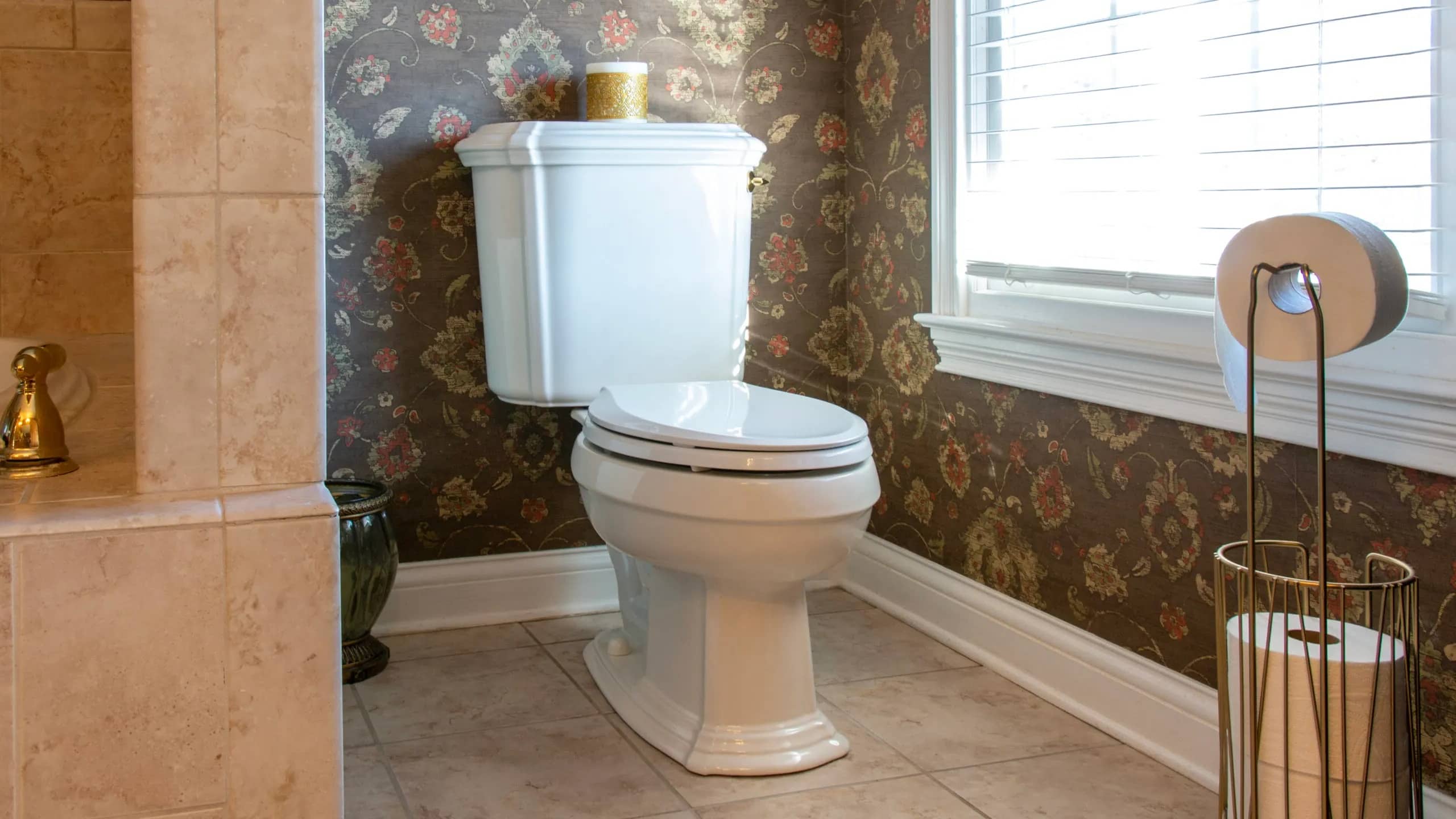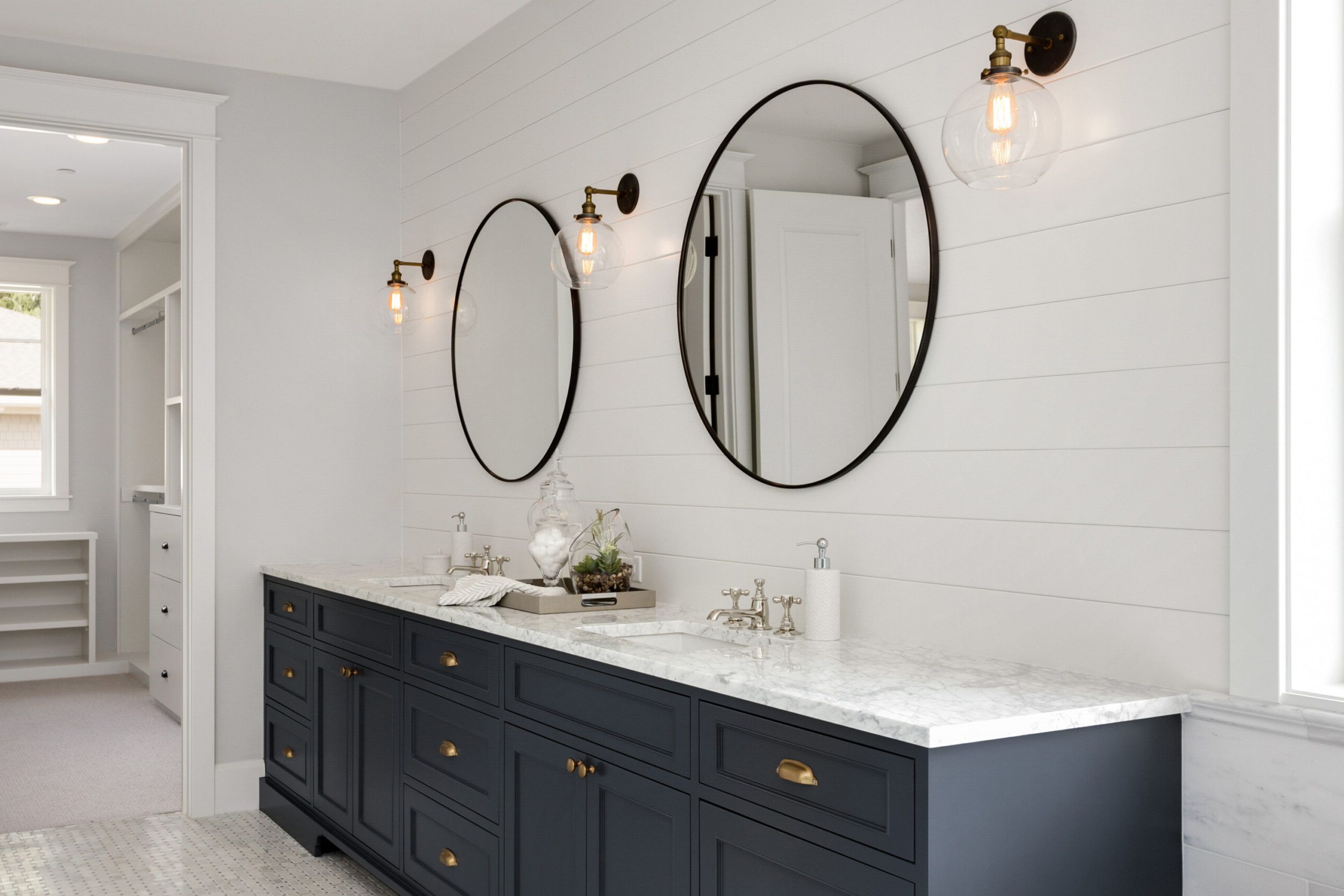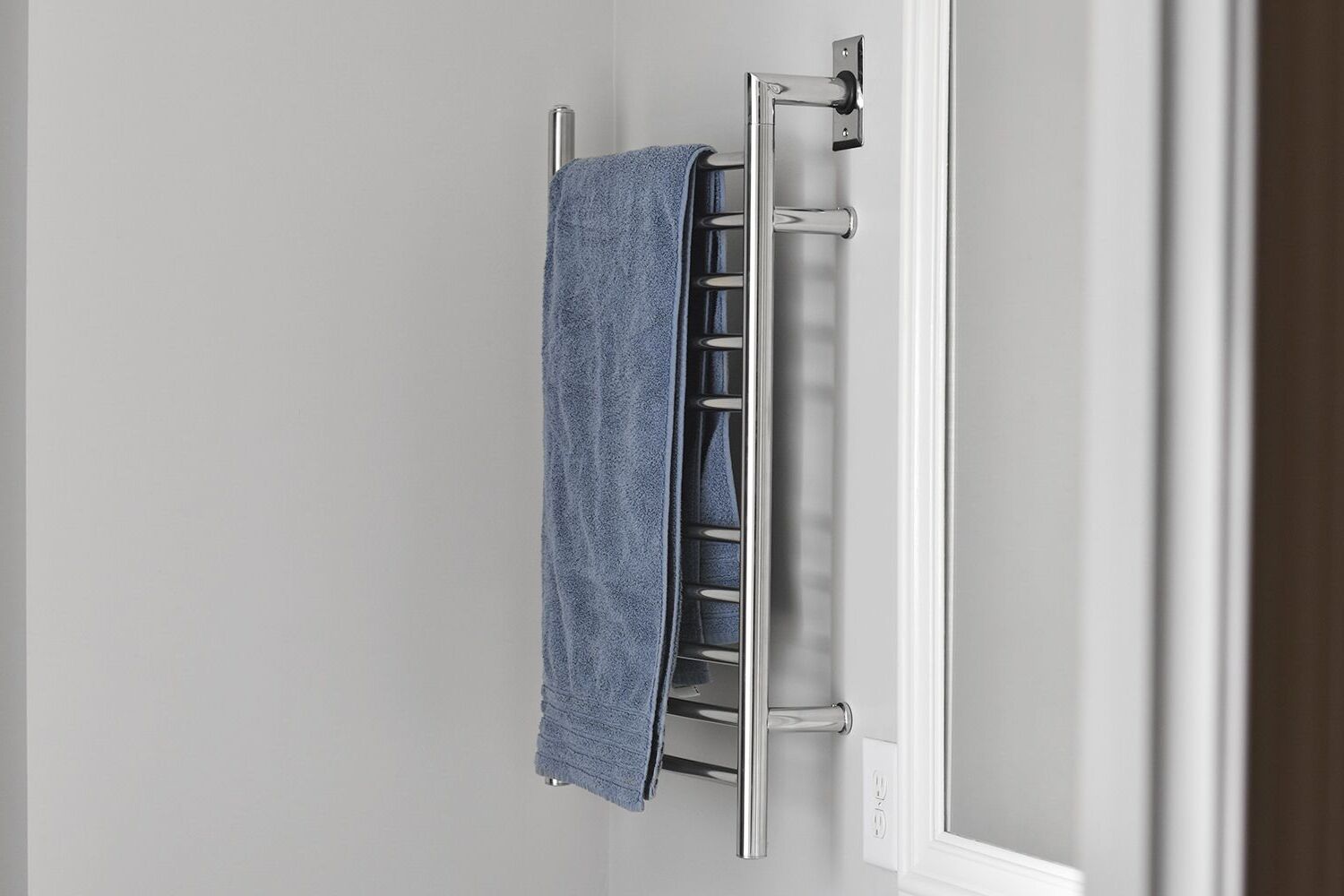Home>Ideas and Tips>How To Choose And Install The Right Bathroom Shower Drain


Ideas and Tips
How To Choose And Install The Right Bathroom Shower Drain
Modified: September 1, 2024
Learn how to choose and install the perfect bathroom shower drain to enhance functionality and aesthetics. Step-by-step guide included.
(Many of the links in this article redirect to a specific reviewed product. Your purchase of these products through affiliate links helps to generate commission for Storables.com, at no extra cost. Learn more)
Choosing the right bathroom shower drain is crucial for a functional and stylish shower space. A well-chosen shower drain prevents water buildup and potential damage to the bathroom floor. Plus, it contributes to a comfortable and enjoyable bathing experience. So, how do you choose the right one? Let's dive in.
Understanding Shower Drains
A shower drain is a plumbing fixture at the base of the shower that removes wastewater. It stops water from pooling and helps maintain proper drainage, preventing water damage to your bathroom floor. Shower drains have several parts, including the drain base, strainer, and waste pipe, each with a specific role in the drainage system.
Types of Shower Drains
There are two main types of shower drains: point drains and linear drains.
-
Point Drains: Also called center drains, these are the most common type. They have a round or square opening in the center of the shower floor. Point drains are versatile and can be used in various shower designs. They offer efficient water drainage and are relatively easy to install.
-
Linear Drains: Also known as trench or channel drains, these offer a modern and sleek design. Linear drains have a long, narrow shape and are installed along one side or multiple sides of the shower. They provide a larger drainage area and are ideal for showers with larger tiles or natural stone flooring.
Factors to Consider When Choosing a Shower Drain
When picking a shower drain, several factors should be considered to ensure it works well and matches your shower design:
-
Drain Capacity: Think about the expected flow rate of your shower and choose a drain with enough capacity to handle the water volume efficiently. This is especially important for showers with high-pressure showerheads or rainfall shower systems.
-
Material and Durability: Go for shower drains made from high-quality materials like stainless steel or brass. These materials offer excellent durability, corrosion resistance, and longevity, ensuring your drain stays functional for years.
-
Design and Style: The design of the drain and its cover should match your bathroom's overall look. Pick a strainer or grate style that fits your bathroom's theme, whether it's sleek and modern or classic and traditional.
-
Installation: Think about how easy it is to install the drain. Some drains need specific changes to the floor structure, while others can be installed directly into existing plumbing systems. If you're unsure about the installation process, it's a good idea to consult a professional plumber.
Choosing Between Point and Linear Drains
The choice between point and linear drains depends on your shower design and personal preference.
Point Drains
Point drains are versatile and can be used in various shower designs. They are often circular or square and installed in the center of the shower stall. When installing a point drain, the shower floor must be sloped from all directions to lead the water towards the point drain. This usually requires using smaller tiles, like mosaic tiles, to ensure proper water flow.
Linear Drains
Linear drains offer a modern and sleek design element to your shower. They are installed along one side or multiple sides of the shower and provide a larger drainage area. This makes them ideal for showers with larger tiles or natural stone flooring. Linear drains also provide better visibility of the floor, which can be helpful for cleaning and maintenance.
Design Considerations
When picking a shower drain, consider the design elements that will complement your bathroom's look. Here are some key design considerations:
-
Grate Styles: There are various grate styles available, each designed to match different bathroom themes. For example, Schluter®-Systems offers a range of grate styles including Pure, Floral, and Curve, which are designed to touch upon different bathroom styles while keeping the latest tile trends in mind.
-
Material Finish: The material finish of the drain grate can also impact the overall design. For instance, solid stainless steel grates with a brushed finish offer a smooth and seamless look that blends in with the floor tile, making them easy to maintain.
Installation Process
Installing a new shower drain requires careful planning and execution. Here’s a step-by-step guide to help you through the process:
Tools and Materials Needed
Before starting the installation, gather the essential materials and tools. Here’s what you’ll need:
- New Shower Drain: Choose the type of shower drain that suits your bathroom’s aesthetic and functional needs.
- Wrench or Pliers: These will be for tightening and loosening connections during installation. A pipe wrench or channel-lock pliers can be particularly helpful.
- Screwdriver: You’ll likely need a screwdriver to attach the drain to the shower base. The type (flathead or Phillips) will depend on your specific shower drain model.
- Plumber’s Putty or Silicone Sealant: This is used to create a watertight seal between the shower base and the new drain. Some may prefer silicone for its longevity, while others prefer the easy workability of plumber’s putty.
- Plumber’s Tape: Also known as Teflon tape, this is used for sealing and lubricating thread connections to prevent leaks.
- Hacksaw or PVC Cutter: If you need to adjust the length of the drainpipe, a hacksaw or a PVC cutter will do the job.
- Measuring Tape: To ensure accurate fitting, you’ll need to measure the diameter of the drain hole and the length of the pipe.
- Safety Gear: Don’t forget safety glasses and work gloves to protect yourself during the process.
Step-by-Step Installation Guide
-
Removing the Old Shower Drain
- Turn off the water supply to prevent any accidental flooding.
- Remove the drain cover. This often involves unscrewing it with your screwdriver, but some drain covers may simply lift off.
- Loosen and remove the old shower drain. Be careful not to damage the surrounding shower base.
-
Preparing the New Shower Drain
- Measure the drain hole and pipe accurately using your measuring tape. This helps ensure a proper fit.
- Prepare the drain and pipe if necessary. Cut your new drainpipe to the correct length using your hacksaw or PVC cutter.
- Apply plumber’s putty or silicone sealant around the underside of the drain lip as per its instructions.
-
Installing the Shower Drain
- Insert the new shower drain into the drain hole, ensuring it fits snugly.
- Tighten the shower drain onto the drainpipe using your wrench or pliers. Be careful not to overtighten, as this can cause damage.
- Seal the connection by applying plumber’s tape around the threaded part of the drainpipe for a leak-proof connection.
- Attach the drain cover to the shower drain according to the manufacturer’s instructions.
-
Testing the Shower Drain
- Turn the water supply back on and run water into the drain to check for leaks.
- If you notice any water seepage, turn off the water, tighten the connections, and test again. Patience and precision are key to a successful shower drain installation.
Maintenance Tips
Regular maintenance of your shower drain is crucial to ensure it continues to function efficiently. Here are some tips:
-
Cleaning the Strainer: Regularly remove hair strands from the strainer to prevent blockages. A monthly deep clean with boiling water can help dislodge soap residue and restore normal flow.
-
Inspecting for Leaks: Regularly inspect your shower drain for any signs of leaks or water damage. Addressing these issues promptly can prevent more significant problems down the line.
Conclusion
Choosing and installing the right bathroom shower drain is a critical step in creating a functional and aesthetically pleasing shower space. By understanding the different types of shower drains available, considering factors such as drain capacity, material, design, and installation, you can select the perfect shower drain that complements your bathroom design while ensuring effective water drainage. Whether you opt for a traditional round drain or a modern linear one, following these steps will equip you with the knowledge and confidence to undertake this project with ease.
In your journey to a comfortable and well-maintained bathroom, the installation and care of your shower drain play pivotal roles. Whether it's a soothing shower after a long day or a refreshing start to your morning, a well-functioning drain ensures a seamless and enjoyable experience.
Was this page helpful?
At Storables.com, we guarantee accurate and reliable information. Our content, validated by Expert Board Contributors, is crafted following stringent Editorial Policies. We're committed to providing you with well-researched, expert-backed insights for all your informational needs.















0 thoughts on “How To Choose And Install The Right Bathroom Shower Drain”